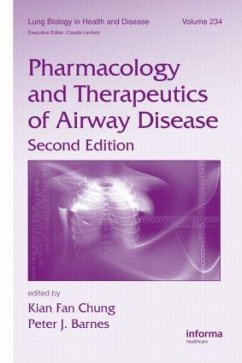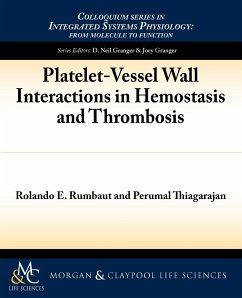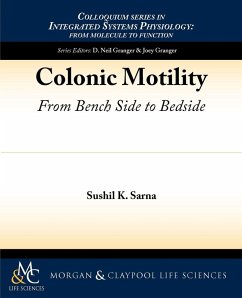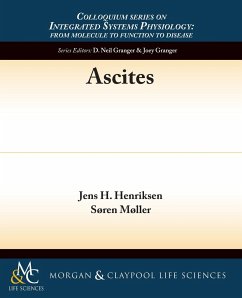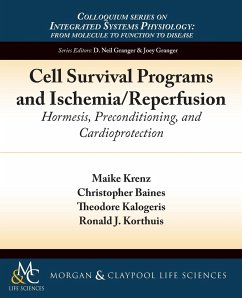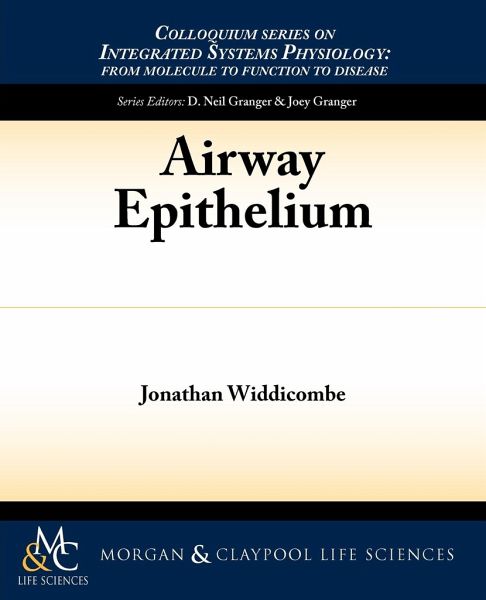
Airway Epithelium
Versandkostenfrei!
Versandfertig in 1-2 Wochen
42,99 €
inkl. MwSt.

PAYBACK Punkte
21 °P sammeln!
The airways are lined with a film of fluid 10 ?m deep that acts as the first line of defense against inhaled pathogens, dirt, and noxious vapors. Transepithelial fluid movements driven by active transepithelial ion transport serve to regulate the depth of this "airway surface liquid". In the larger airways, a mucus gel derived from both glands and surface epithelium entraps inhaled particles, which are then removed by the coordinated beating of cilia. Both glands and epithelium secrete a wide variety of antimicrobial and other protective substances in addition to mucins. Substances released ac...
The airways are lined with a film of fluid 10 ?m deep that acts as the first line of defense against inhaled pathogens, dirt, and noxious vapors. Transepithelial fluid movements driven by active transepithelial ion transport serve to regulate the depth of this "airway surface liquid". In the larger airways, a mucus gel derived from both glands and surface epithelium entraps inhaled particles, which are then removed by the coordinated beating of cilia. Both glands and epithelium secrete a wide variety of antimicrobial and other protective substances in addition to mucins. Substances released across the basolateral surface of the epithelium attract leukocytes and influence neighboring tissues. Here, after reviewing the basic structure of mammalian airway epithelium, I discuss its various defensive functions and how they are altered in airway disease.





